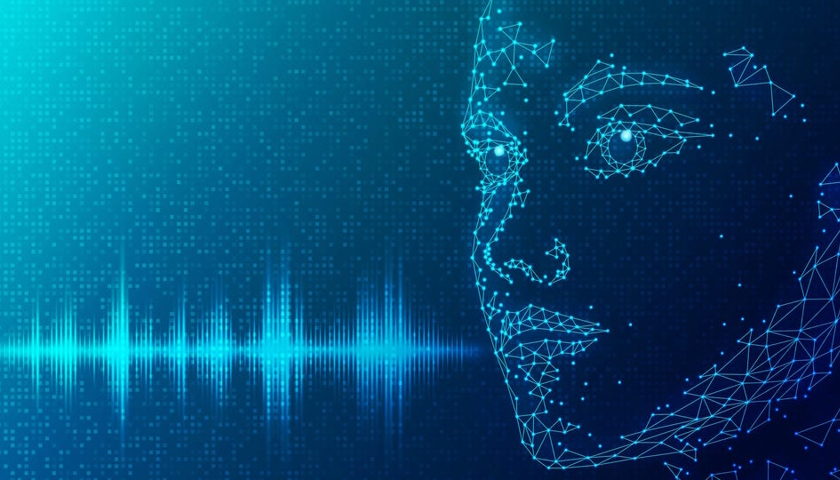Language serves as the very basis of human communication. It is a complex and dynamic system that allows us to convey thoughts, emotions, and ideas with each other. As technology evolves in a rapidly unprecedent manner, Natural Language Processing has emerged as an exciting and robust field of research that tries to get computers to understand, analyze and synthesize human language. In this article, we will be digging into the field of NLP, focusing on its three main components: Natural Language Processing, Natural Language Understanding, and Natural Language Generation.
NLP, as a branch of computational linguistics AI, is focused on teaching computers how to process human language—both written and verbal—in a way that is meaningful and beneficial. NLP encompasses both simple tasks like text and sentiment analysis and more complex ones such as language translation, speech recognition, and chatbot development.
The ambiguity of human language is one of the trickiest challenges for NLP to tackle. Words and phrases can have several meanings depending on context, and sentences can be arranged in a multitude of ways to express different meanings. To help machines analyze and interpret the intricacies of human languages, NLP algorithms employ a variety of approaches such as machine learning, deep learning and statistical modelling. These algorithms are trained on copious volumes of labeled data to identify and learn patterns and correlations between words and phrases.
Natural Language Understanding is a subset of NLP that is concerned with extracting meaning from human discourse. NLU algorithms seek to grasp the semantics, syntax and context of human language beyond mere basic text analysis. It enables computers to comprehend the meaning of words, phrases and sentences in the way that people do, allowing computers to understand the intended meaning of the words instead of simply digesting them as a string of characters.
NLU plays an important role in a variety of applications such as sentiment analysis, in which computers can accurately determine the sentiment—positive, negative, or neutral—expressed in a piece of text. It also powers voice assistants like Amazon’s Alexa or Apple’s Siri, which understand voice commands and respond to spoken instructions. NLU is also utilized in information retrieval systems, where computers comprehend user queries and retrieve relevant information from massive databases.
Natural Language Generation, on the other hand, is the process of generating human-like text or speech through the use of computers. NLG algorithms employ data and rules to automatically produce text that is coherent, cohesive, contextually relevant, and grammatically sound. NLG finds applications in diverse fields, such as content creation, report writing, personalized messaging, and customer support.
NLG algorithms can produce text tailored to suit the needs of its audience, whether it is a news piece, a product description, or a customer email. These algorithms also summarize complex information, provide responses in natural language for chatbots, and even generate creative content such as poetry or song lyrics. NLG has the potential to revolutionize content creation by making it faster, more efficient, and more personalized.
Having numerous far-reaching applications, NLP, NLU, and NLG have an incredible potential to disrupt almost every industry and sector. NLP may be used in the healthcare field to help practitioners and providers analyze medical records and extract pertinent information for diagnosis and treatment planning. In finance, it can analyze market data, trends and news to help management teams make more informed investment decisions and guide their overall strategic planning. In customer service, NLP can power chatbots to understand and provide responses to customer queries in real-time while in education, it can assist in language learning, reading comprehension, and automated grading of written assignments.
As we look towards the future, NLP, NLU, and NLG are changing the landscape of human-computer interaction by enabling computers to understand, process, and generate human language. While challenges such as the need for labeled data, bias mitigation, privacy concerns, and ethical considerations persist; continuous efforts are being made to address them as its applications are far-reaching and impactful. The advancements in NLP technology hold the key to reshaping industries, enhancing human-computer interaction, and driving technological innovation to new heights. It is an exciting field that promises a future where computers can truly understand and communicate with humans in a natural and meaningful way. So, fasten your seatbelts and get ready to witness the incredible power of NLP, NLU, and NLG as they continue to revolutionize the world of language and communication.

